Trommel screening machines play a vital role in industries such as mining, solid waste management, construction, and agriculture. They are essential for efficient material separation and processing. To maintain optimal performance and prolong equipment life, regular inspection, maintenance, and dismantling are necessary. This article provides a comprehensive explanation of the principles and procedures involved in dismantling a Trommel screen. By understanding each step—from safety precautions to reassembly—technicians and engineers can carry out dismantling operations efficiently, safely, and in a way that ensures the equipment's continued reliability.
1. Introduction
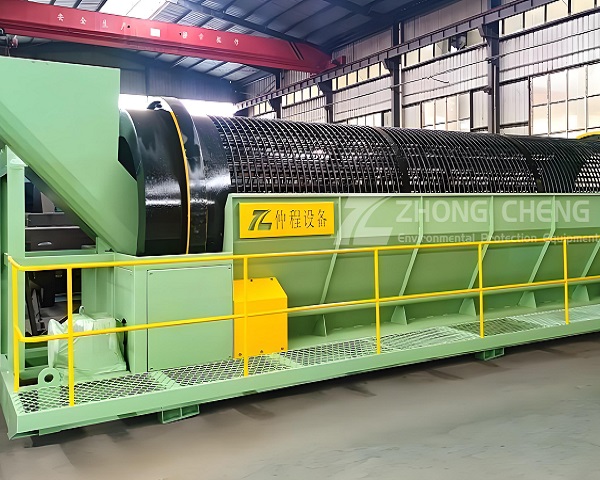
Trommel screening machines, also known simply as Trommel screens, are essential equipment in many industries, particularly in waste processing, mining, aggregate separation, compostig, and recycling. Their rotating cylindrical drums facilitate the separation of materials by size, allowing finer materials to pass through screen openings while larger objects continue along the drum’s length for further processing.
With time and usage, Trommel screens require regular maintenance, overhauls, or even component replacements. This necessitates dismantling, which involves carefully taking apart the machine in a methodical way. Dismantling is not a random disassembly; it is a structured engineering process guided by mechanical principles, safety standards, and the equipment’s design specifications.
2. Overview of Trommel Screening Machines
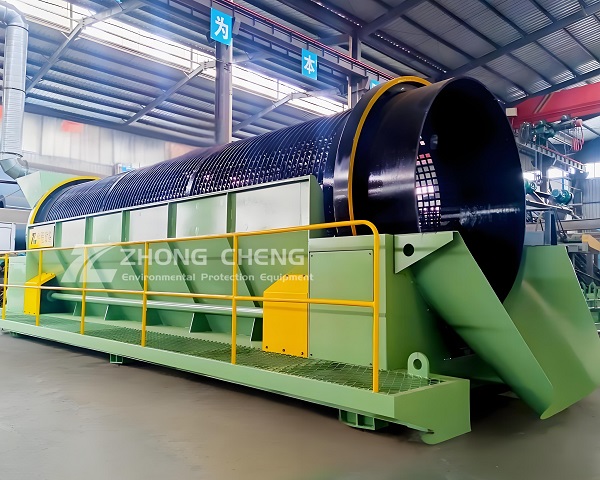
2.1 What is a Trommel Screen?
A Trommel screen is a mechanical screening machine that separates materials based on size. The basic components include:
Rotating cylindrical drum (the Trommel)
Frame and support structure
Feed and discharge mechanisms
Drive system (motor, gear, chain or belt)
Screening media (perforated plates or mesh)
2.2 Applications
Trommel screens are widely used in:
Municipal solid waste sorting
Mining operations
Compost screening
Sand and gravel sorting
Biomass and wood chip filtering
3. Working Principle
The Trommel operates on a rotating drum principle. Material is fed into one end of the drum. As the drum rotates, smaller particles pass through the screen holes, while larger particles are carried to the end of the drum and discharged separately. The screening efficiency is influenced by:
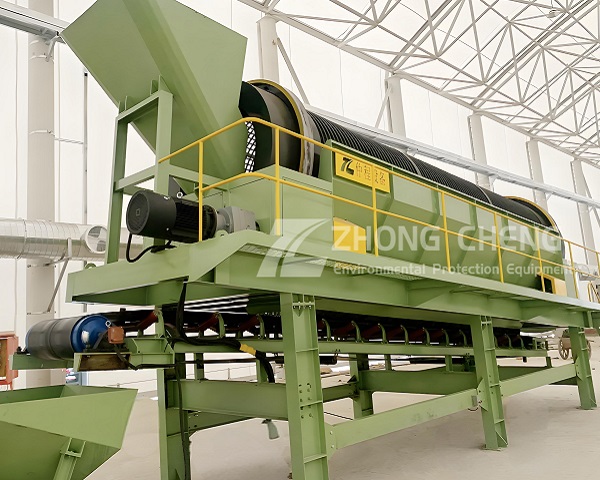
Rotation speed
Drum diameter and length
Screen size
Inclination angle
4. Why Dismantle a Trommel Screen?
Dismantling is performed for several reasons:
Routine maintenance: Cleaning, inspection, and lubrication
Repair: Replacing worn or damaged parts
Upgrades: Installing improved components
Relocation: Moving the machine to a different site
Decommissioning: End-of-life disposal or recycling
5. Principle of Dismantling
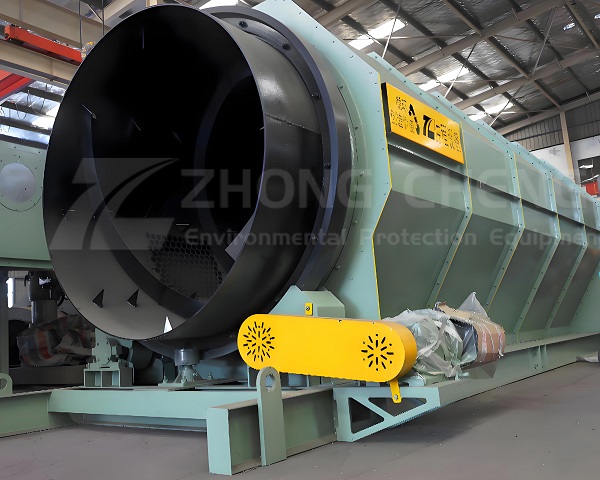
Dismantling a Trommel screen is based on several core principles:
5.1 Systematic Disassembly
Each part is removed in a specific sequence, starting from the outermost or easiest components to reach. This avoids damaging other parts and ensures proper reassembly.
5.2 Reversibility
The process should allow for later reassembly. Proper labeling and documentation of each removed component is essential.
5.3 Safety
Workers must use protective gear and follow lockout/tagout procedures. Mechanical parts under tension or load (e.g., springs, belts) require special care.
5.4 Tool Compatibility
Correct use of tools is critical to avoid damage to bolts, shafts, and delicate components.
6. Tools and Equipment Required
6.1 Basic Tools
Adjustable wrenches
Socket sets
Screwdrivers
Pliers
Hammers and mallets
6.2 Specialized Tools
Hydraulic pullers
Bearing extractors
Chain hoists
Torque wrenches
Welding and cutting tools (if needed)
6.3 Safety Gear
Hard hats
Gloves
Steel-toe boots
Eye protection
Hearing protection
7. Pre-Dismantling Procedures
Before starting the actual dismantling, the following steps must be taken:
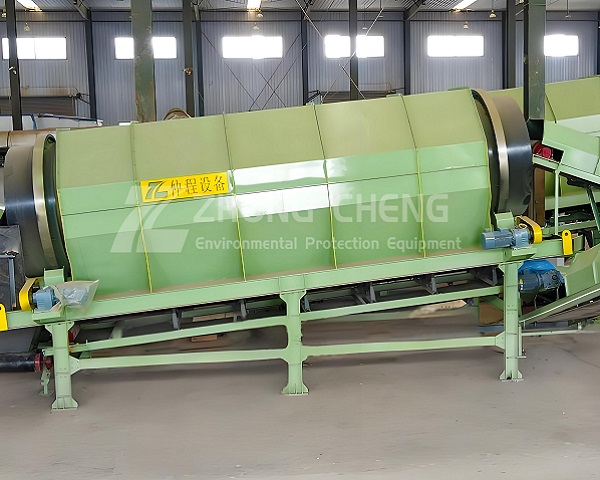
7.1 Documentation Review
Consult the equipment’s technical manual to understand the assembly and identify potential challenges.
7.2 Risk Assessment
Identify potential hazards such as rotating parts, stored energy, or electrical risks.
7.3 Shutdown and Lockout
Power off the machine
Use lockout/tagout procedures
Discharge stored energy (hydraulic, pneumatic, electrical)
7.4 Cleaning
Remove any residual material from the drum and frame. This ensures visibility and cleanliness during the dismantling process.
8. Step-by-Step Dismantling Process
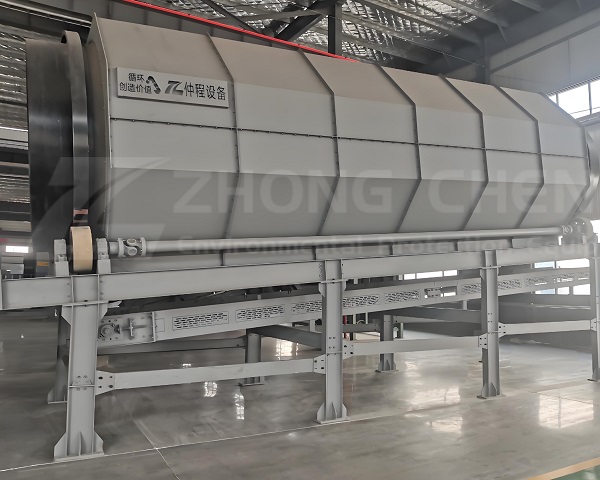
8.1 Remove the Protective Covers
Start by detaching any safety guards and covers. This exposes internal components like gears and shafts.
8.2 Disconnect Electrical and Control Systems
Label and disconnect wires
Isolate control panels
Store delicate electronics safely
8.3 Remove Feed and Discharge Chutes
These parts are generally bolted to the frame. Carefully unscrew and label all fasteners.
8.4 Detach Drive System
Loosen tensioners
Remove belts or chains
Unbolt motor and gearbox
Use a hoist if necessary for heavy motors
8.5 Remove Drum Support Structure
Unbolt the supporting rollers and frame arms
Detach rubber wheels or trunnion rollers
Keep track of bearing positions
8.6 Extract the Drum
The Trommel drum is often the heaviest and most delicate part. Follow these steps:
Position lifting equipment securely
Remove locking bolts or retaining rings
Carefully slide the drum off its axis
8.7 Remove Screening Media
Unbolt and slide out the perforated plates or mesh screens from inside the drum. Inspect for wear or breakage.
9. Precautions and Challenges
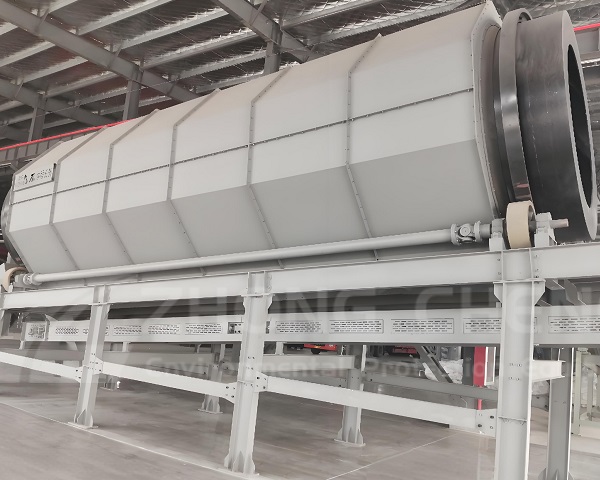
9.1 Heavy Components
Use proper lifting techniques and machinery to prevent injury or damage.
9.2 Rusted or Seized Bolts
Use penetrating oil or heat to loosen stubborn fasteners.
9.3 Bearing Removal
Bearings may need to be pulled off with hydraulic tools to prevent shaft damage.
9.4 Alignment
During reassembly, components must align precisely. Improper alignment can reduce efficiency or cause failure.
10. Maintenance During Dismantling
While the machine is open, it is wise to perform:
Lubrication of shafts and bearings
Inspection of drive belts or chains
Replacement of worn screen plates
Cleaning of clogged perforations
Realignment of supporting structures
11. Environmental and Safety Considerations
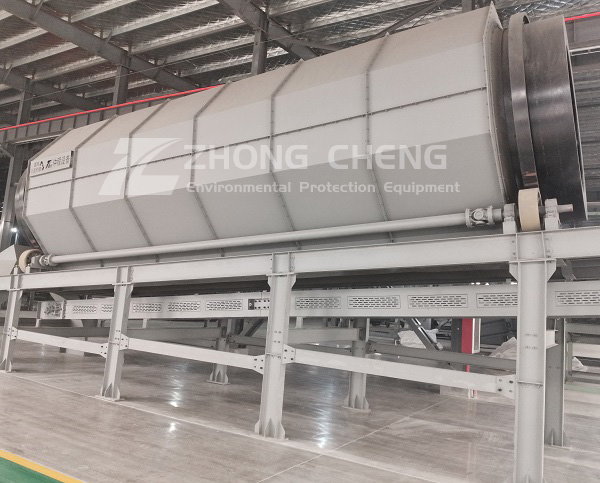
11.1 Oil and Grease Disposal
Waste oil from bearings or gearboxes should be collected and disposed of according to local environmental laws.
11.2 Dust and Debris
Use industrial vacuums or dust suppression to minimize airborne particles.
11.3 Noise Hazards
Some dismantling processes are noisy (grinding, hammering). Use hearing protection and isolate the work area.
12. Reassembly Principle
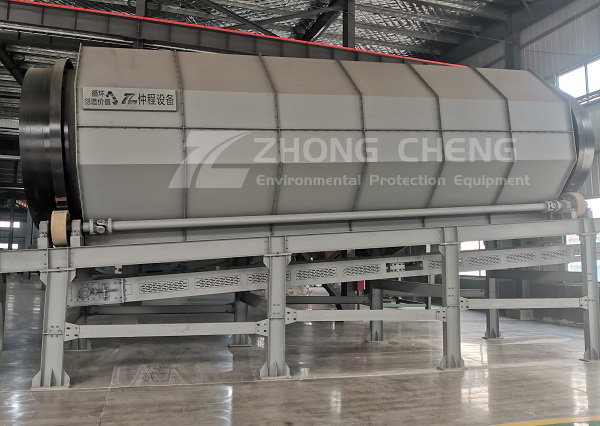
The reassembly process is the reverse of dismantling:
Replace damaged parts with OEM-compatible components
Reinstall drum, align and secure
Mount support rollers and check free rotation
Attach the drive system and set belt tension
Connect control wiring and test circuits
Calibrate sensors and test drum rotation
Reattach chutes and safety guards
Perform test runs with no load, then under load
13. Documentation and Reporting
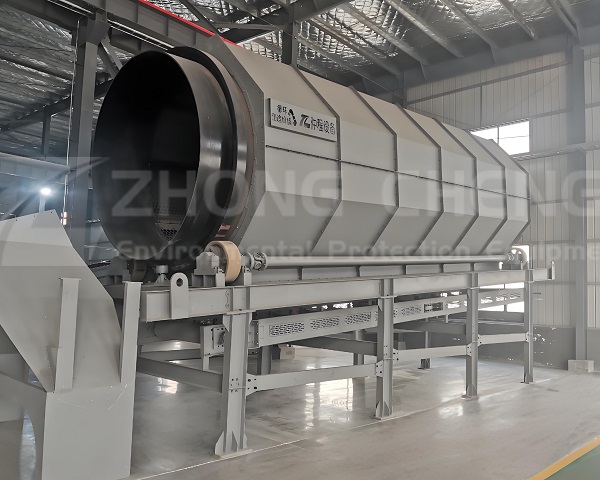
Record parts replaced
Note any deviations from standard procedures
Photograph critical stages
Update maintenance logs
14. Case Study: Trommel Screen in Composting Plant
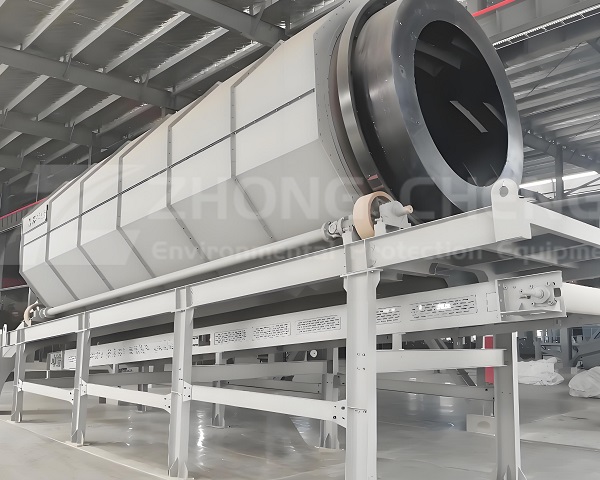
To illustrate the principle, consider a Trommel screen used in an organic composting facility. Over time, moisture, microbial activity, and heavy use degraded the screen mesh and drum bearings.
Dismantling steps included:
Draining water and organic waste
Removing the outer guard and access covers
Detaching motor and gearbox
Hoisting the drum with chain blocks
Cleaning internal residues
Replacing screen media and bearings
The plant saw a 25% efficiency improvement after reassembly due to smoother drum rotation and better screening accuracy.
15. Conclusion
The principle of dismantling a Trommel screening machine is rooted in careful planning, safety, and methodical mechanical procedures. Understanding the equipment’s design, following documented procedures, and using proper tools ensures the process is safe and efficient.
Dismantling a Trommel screening machine is a detailed and strategic process that demands technical knowledge, careful planning, and adherence to safety protocols. When executed correctly, dismantling not only supports preventive maintenance but also enhances equipment lifespan and operational efficiency. A structured approach helps identify wear points, perform critical repairs, and ensure precise reassembly. By following the principles outlined in this guide, maintenance teams can effectively manage Trommel screen upkeep and minimize downtime. This article serves as a practical and theoretical reference for engineers involved in equipment care and plant operations.